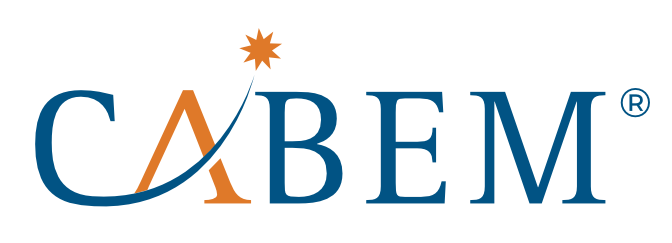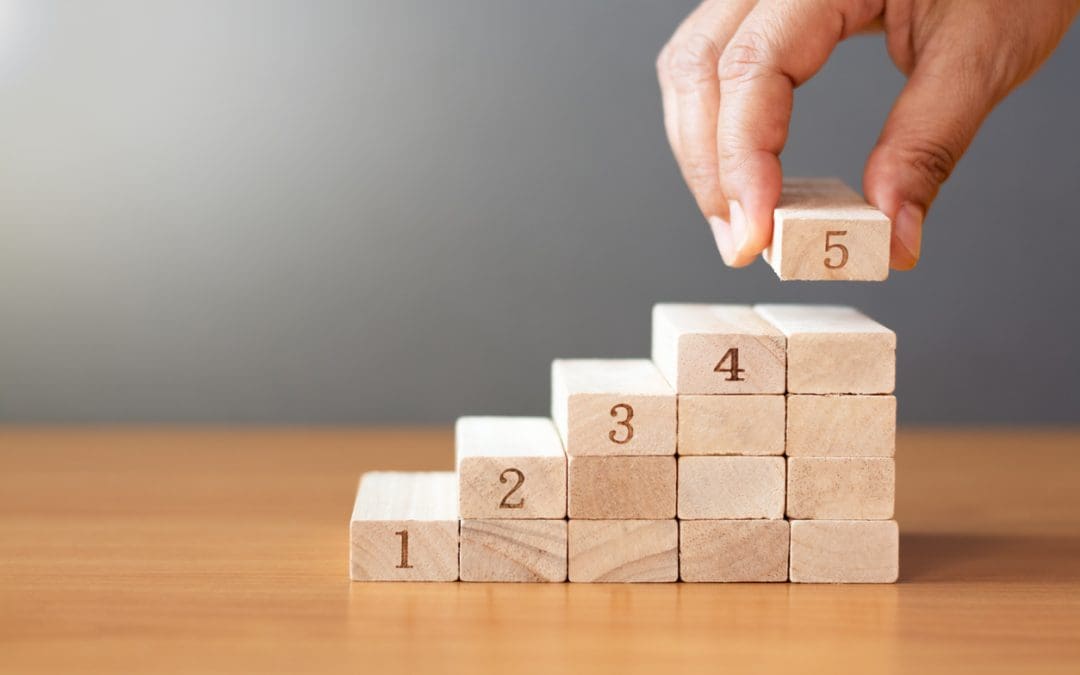A Closer Look at This Skill Proficiency Rating System
The Dreyfus Model of Acquisition examines the mental activities involved in directed skill acquisition. Through instruction and experience, a learner goes through five developmental stages. In order to achieve advancement in any skill or procedure, a systematic progression must occur that moves from abstract to more concrete experiences. Growth occurs at each stage of development that changes the learner’s ways of seeing the task environment.
This model of skill acquisition can be used to assess the level of development of competencies and skills as new learning and growth occur. People learn from direct instruction and practice. The Dreyfus model assumes that the longer one practices, the more competent he or she becomes at a job or task. Each stage requires time and practice. Regardless of the job or industry, it is important for every student to first follow direct rules and guidelines to learn a task. Then with experience, he or she will move from proficient to expert. So the more experience an individual has with a task, the less dependent they become on rules and guidelines to complete the task. This shift towards automatic processing frees the learner to engage in a parallel task.
What are the five developmental stages of the Dreyfus Model?
CABEM’s Competency Manager makes it easy for any size organization to systemically plan for training and assessing competency by applying a standard numerical proficiency rating system based on the Dreyfus Model’s five developmental stages:
1 – Novice
A novice is just learning the basics of a subject, along with fundamental concepts and specific rules of action. They cannot exercise discretionary judgment and have rigid adherence to taught rules or plans.
2 – Advanced Beginner
The advanced beginner is beginning to connect relevant contexts to the rules and facts they are learning. Adding to their knowledge of facts, they recognize previously undefined facts and increase their knowledge of relevant concepts, vocabulary, and principles. Individuals at this level may have no sense of practical priority. All aspects of work may be treated separately and will likely have equal importance.
3 – Competence
A competent performer is beginning to recognize more context-free principles and concepts, and situational elements. A person at this level can select rules or perspectives appropriate to the situation, taking responsibility for the approach.
4 – Proficient
A proficient performer has experience making situational discriminations that enables the recognition of problems and the best approaches for solving the problems. At this stage, intuitive reactions replace reasoned responses. A person at this level implements decisions based on intuitive understanding because of their experiences.
5 – Expertise
The expert can see what needs to be achieved and how to achieve it. This level of a performer can make more refined and subtle discriminations than a proficient performer, tailoring the approach and method to each situation based on this skill level. The major difference between individuals in the stages of proficiency and expertise is that what experts do almost always works. Proficient people still make mistakes; experts provide almost perfect performance.
Determining where each member in your organization falls in this Dreyfus Model could help determine the team’s success.
Why was the Dreyfus Model developed?
Brothers Stuart and Hubert Dreyfus proposed the model in 1980 in an 18-page report based on research at the University of California, Berkeley. The model focuses on four mental functions: recollection, recognition, decision, and awareness, and how they vary at each level of expertise. Each time a mental function matures, the individual’s level of expertise rises. The Dreyfus brothers believe that to obtain the level of master; one first must progress through the lower levels of expertise. It is important to note that the model is based on learning a skill, not a profession.
The Dreyfus Model is one way of mitigating the Dunning-Kruger Effect in your workforce. The Dunning-Kruger Effect, named after psychologists David Dunning and Justin Kruger, is a cognitive bias in which unskilled individuals overestimate their ability or knowledge in areas where they have little to no experience. Cognitive bias is a limitation in objective thinking that causes unfounded thoughts, opinions, and perceptions. The brain is hardwired to filter our understanding of our abilities through our own beliefs and experiences, which can be unreasonable or inaccurate.
An unskilled person tends to make poor decisions based on incompetence and wrong conclusions. Their ineptness prevents them from recognizing their shortcomings, creating proficiency “blind spots,”… Meaning, we don’t know what we don’t know. Dunning and Kruger found that developing and improving upon an individual’s skill level helped them better recognize their limitations.
How Can The Dreyfus Model Support Competency Development in an Organization?
The beauty of the Dreyfus Model is that it works for both hard and soft skills development, making it an ideal addition to any organization’s competency framework. By implementing it in CABEM’s Competency Manager, your learners will know exactly where they stand at any point in time along their learning journey and can accurately self-assess against baselines with clear expectations for specific skills and/or the requirements for their role overall. It provides those in oversight positions, such as Managers or SMEs, an easy yet effective tool to perform on-the-job quantitative assessments from their laptop, tablet, or mobile phone by putting clearly defined goals and expectations and reference materials for each skill level right at their fingertips.
Learning any new skill is a long, challenging, yet rewarding journey. Understanding the Dreyfus Model gives organizations a powerful tool for systematically progressing through skills and techniques crucial to the job. A business can become unstoppable with a competency management system, like Competency Manager!
CABEM offers a Proficiency Rating System in CABEM’s Competency Manager with the Dreyfus Model as the default system in new instances. Contact CABEM for expert assistance in designing and implementing a competency framework, schedule a demo, or learn more about using the Dreyfus Model and custom proficiency ratings. Let us assist you with capturing experiential learning and assessments to develop your workforce and prove competency for compliance. If you want to learn more, please visit our website and schedule a call today.

